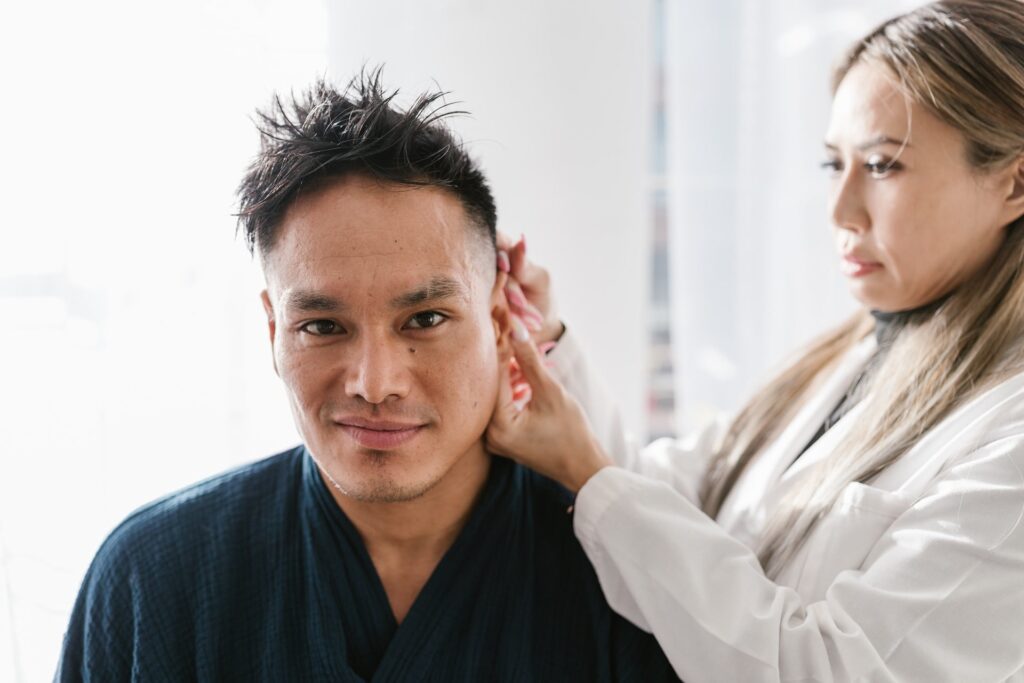
Introduction
The vestibular system, situated within the inner ear, plays a crucial role in maintaining our sense of balance and spatial orientation. When this delicate system is disrupted by vestibular disorders, individuals may experience dizziness, vertigo, and unsteadiness, significantly impacting their daily lives. Over the years, advancements in ENT care have led to innovative approaches in diagnosing and managing vestibular disorders, offering hope for those seeking to restore their sense of balance. In this blog, Paul Drago will explore some of the latest innovations in vestibular disorder treatment and their transformative impact on patients’ lives.
1: Vestibular Rehabilitation Therapy: Regaining Stability
Vestibular Rehabilitation Therapy (VRT) is a specialized exercise-based program designed to improve balance and reduce symptoms related to vestibular disorders. Customized to each patient’s specific condition, VRT aims to retrain the brain to compensate for vestibular imbalances. Through a series of eye, head, and body exercises, patients gradually adapt to the sensation of movement, enhancing their ability to navigate the world without experiencing dizziness or vertigo. VRT has shown remarkable success in improving balance and reducing symptoms, providing renewed hope for individuals struggling with vestibular disorders.
2: Canalith Repositioning Maneuvers: Resolving Benign Paroxysmal Positional Vertigo (BPPV)
Benign Paroxysmal Positional Vertigo (BPPV) is a common vestibular disorder characterized by brief episodes of intense vertigo triggered by specific head movements. Canalith repositioning maneuvers, such as the Epley maneuver or the Semont maneuver, have emerged as highly effective treatments for BPPV. By guiding the movement of calcium crystals (otoconia) within the inner ear, these maneuvers help reposition them to their proper location, alleviating the symptoms of vertigo. Canalith repositioning maneuvers offer a non-invasive and often immediate solution for BPPV, significantly improving patients’ quality of life.
3: Vestibular Suppressant Medications: Easing Symptoms
In cases of acute vestibular disorders, such as vestibular neuritis or labyrinthitis, vestibular suppressant medications may be prescribed to alleviate symptoms like dizziness and nausea. These medications work by reducing the activity of the vestibular system, providing relief during the acute phase of the disorder. While they do not address the underlying cause, vestibular suppressants offer patients a measure of comfort and stability while the body’s natural healing processes take effect.
4: Intratympanic Injections: A Targeted Approach
Intratympanic injections involve delivering medication directly into the middle ear through the eardrum. This targeted approach is particularly beneficial for patients with Meniere’s disease or sudden sensorineural hearing loss, where conventional systemic treatments may not yield significant results. By administering medications directly to the affected area, intratympanic injections can reduce inner ear inflammation, alleviate symptoms, and potentially preserve hearing function.
5: Vestibular Implants: Pioneering Breakthroughs
Vestibular implants represent a cutting-edge solution for individuals with profound bilateral vestibular loss, a condition where both inner ears’ vestibular function is severely impaired. These implants work similarly to cochlear implants for hearing loss, providing electrical stimulation to the vestibular nerve to restore balance sensations. Although still in the early stages of development and evaluation, vestibular implants hold great promise for restoring balance in those who have lost this vital sense.
Conclusion
The advancements in vestibular disorder treatment have opened new avenues for restoring balance and improving the lives of individuals affected by these conditions. From vestibular rehabilitation therapy to innovative treatments like canalith repositioning maneuvers and intratympanic injections, ENT care is evolving to offer tailored and effective solutions. These innovations provide hope for patients struggling with vertigo, dizziness, and balance issues, empowering them to regain stability, enhance their quality of life, and continue their journey with newfound confidence. As technology and medical expertise continue to progress, the future of vestibular disorder management holds even greater promise, ensuring that individuals can navigate the world with a renewed sense of balance and well-being.